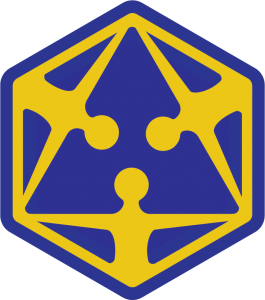We have a great team of Physical Therapists here on staff at Tensegrity. They each bring something unique to our team and are a huge part of what makes Tensegrity, Tensegrity. We would like to introduce you to our very own, Luke Hogle (DPT).
When did you first decide to become a PT and why?
“I graduated undergrad not knowing exactly what I wanted to do. I got my undergrad degree in sociology, and I had been through PT a few times because of injuries in college. One of my parent’s neighbors was a PT and I got talking to them about PT one day, and it seemed interesting. So I checked it out and decided that it seemed pretty cool since I like working with people. I began looking into it more, I got a job at a PT clinic (and liked it), so I decided to go back to school and do it.”
Where did you go to school?
“I went to Northern Arizona University in Flagstaff.”
How long have you been a PT and how long have you been at Tensegrity?
“I have been a PT for almost 5 years now, and I have been at Tensegrity for two and a half years.”
What do you think makes Tensegrity stand apart from other clinics?
“One thing that is unique is that we are set up more like a gym, so for very active people, we are very good. But we also have some great equipment and diagnostic tools, like the Biodex, our specialized treadmill, and the EMG. I also think that we have a nice variety of practitioners that are good at different things. (Our boss and owner) Sean Roach has a very different way of looking at the body and seeing it as a big system. Lastly, we offer a lot of different services.”
What do you like most about being a PT?
“I like seeing people get better. It is very gratifying when you take someone who is struggling and you can help them improve. It is fun working with people, and you get to meet new people and work with new patients every single day.”
What is a typical day like for you?
“I would say about half the day is spent in the gym and the other half of the day is spent doing manual work on patients. The manual work is important because it is trying to get the tissues to behave, and the other half is about strengthening the body and trying to restore movement patterns and improve on them by strengthening. ”
What is one of the biggest lessons you have learned since working at Tensegrity?
“From a patient care perspective, everyone has different needs, and the things that work for one person don’t work for everyone. The key just seems to be figuring out how to allow the body to do its thing and heal itself.”
